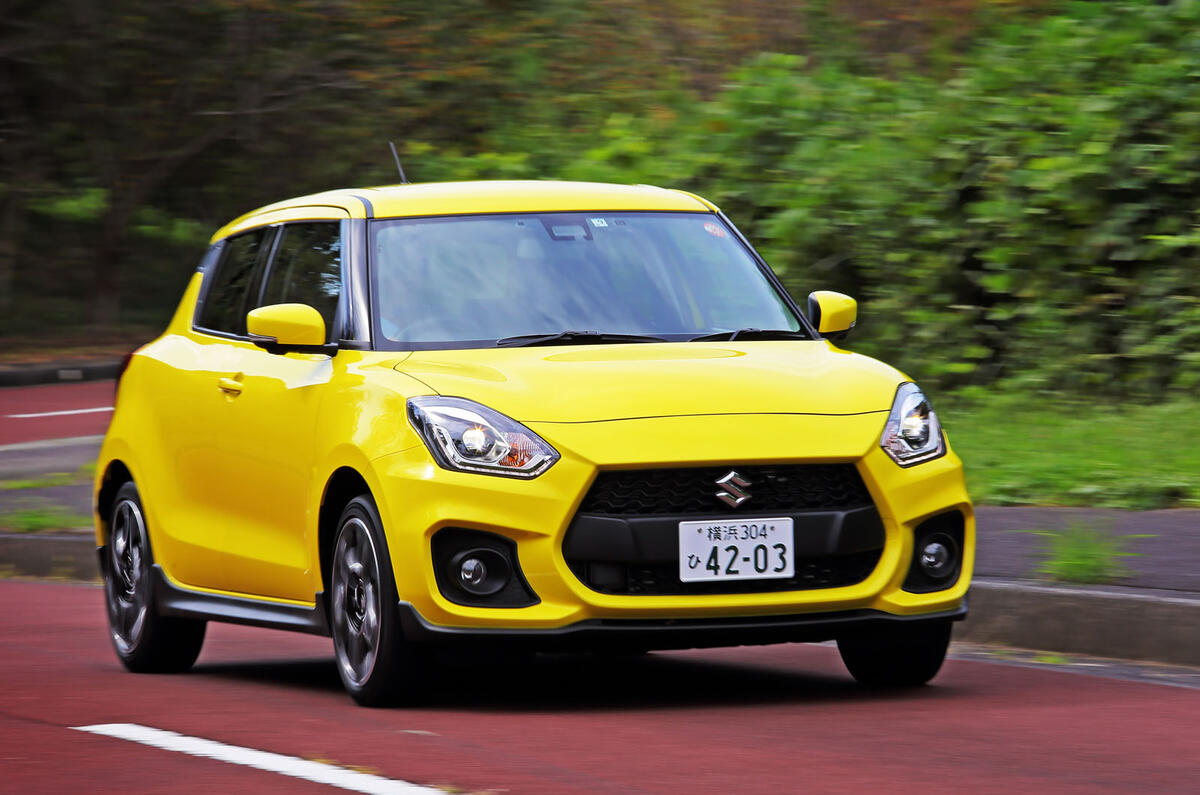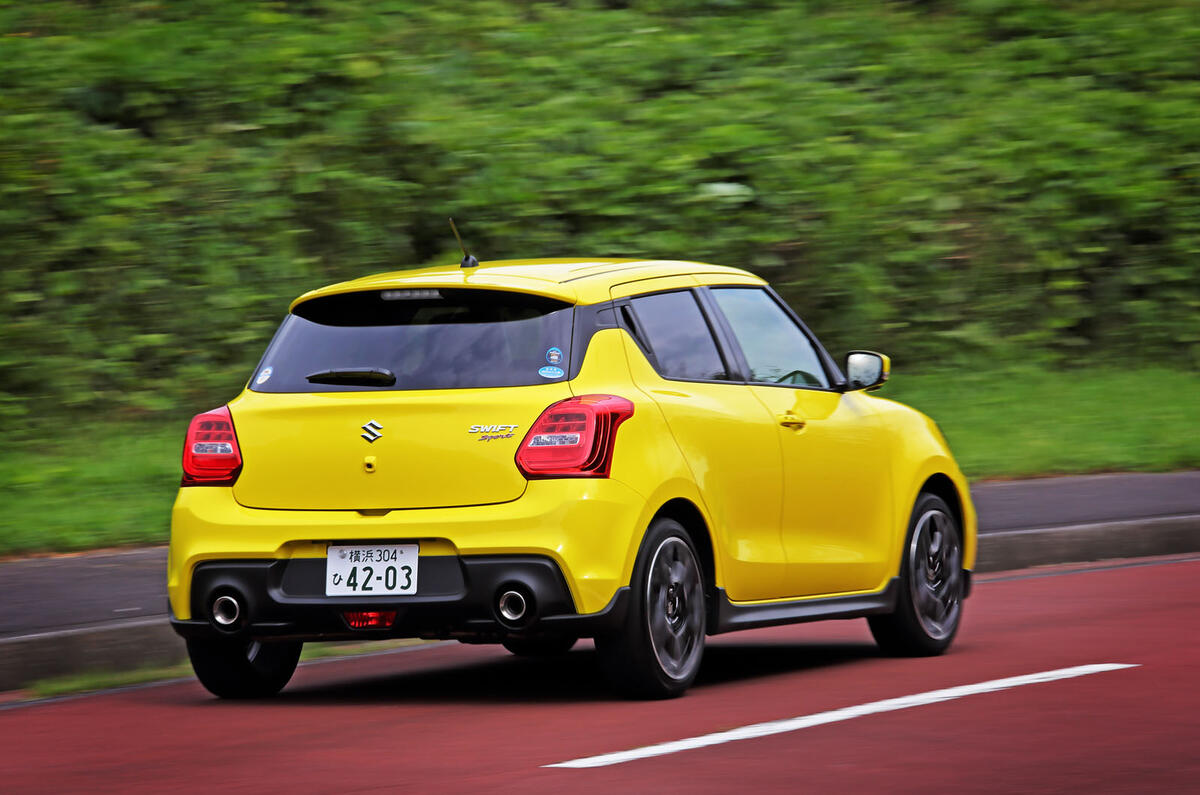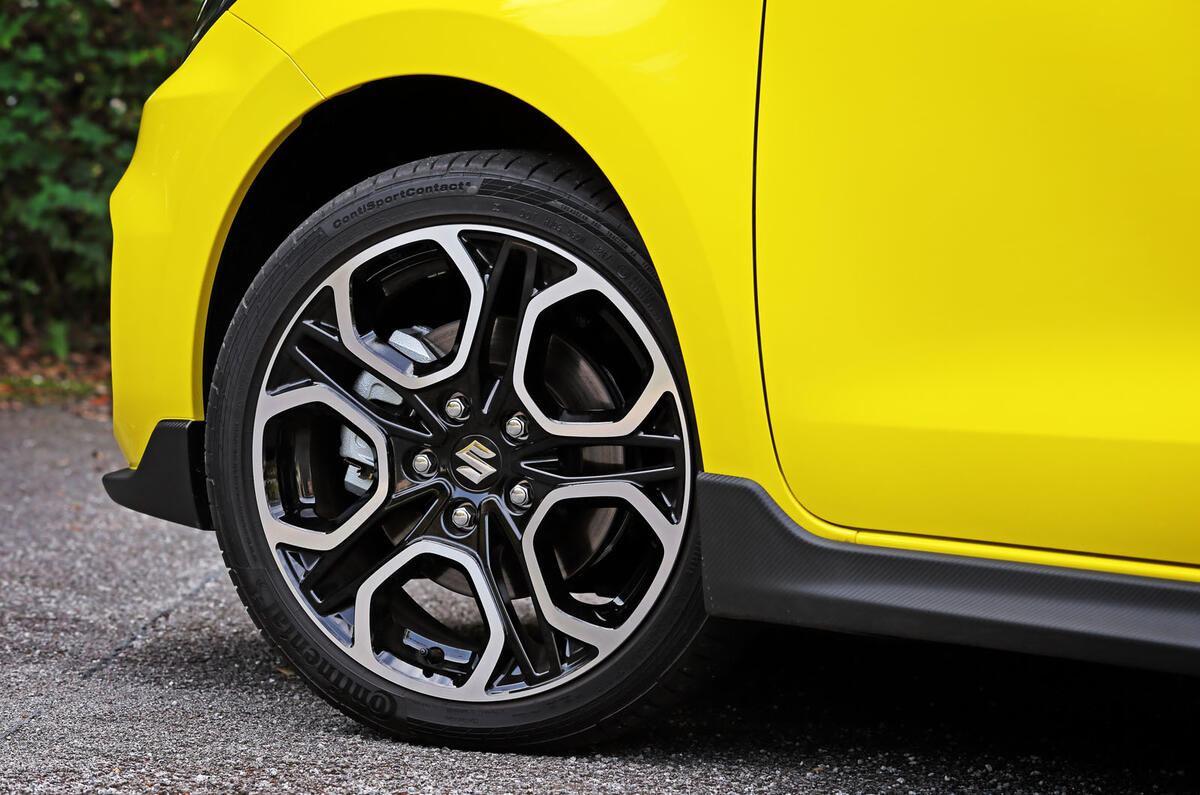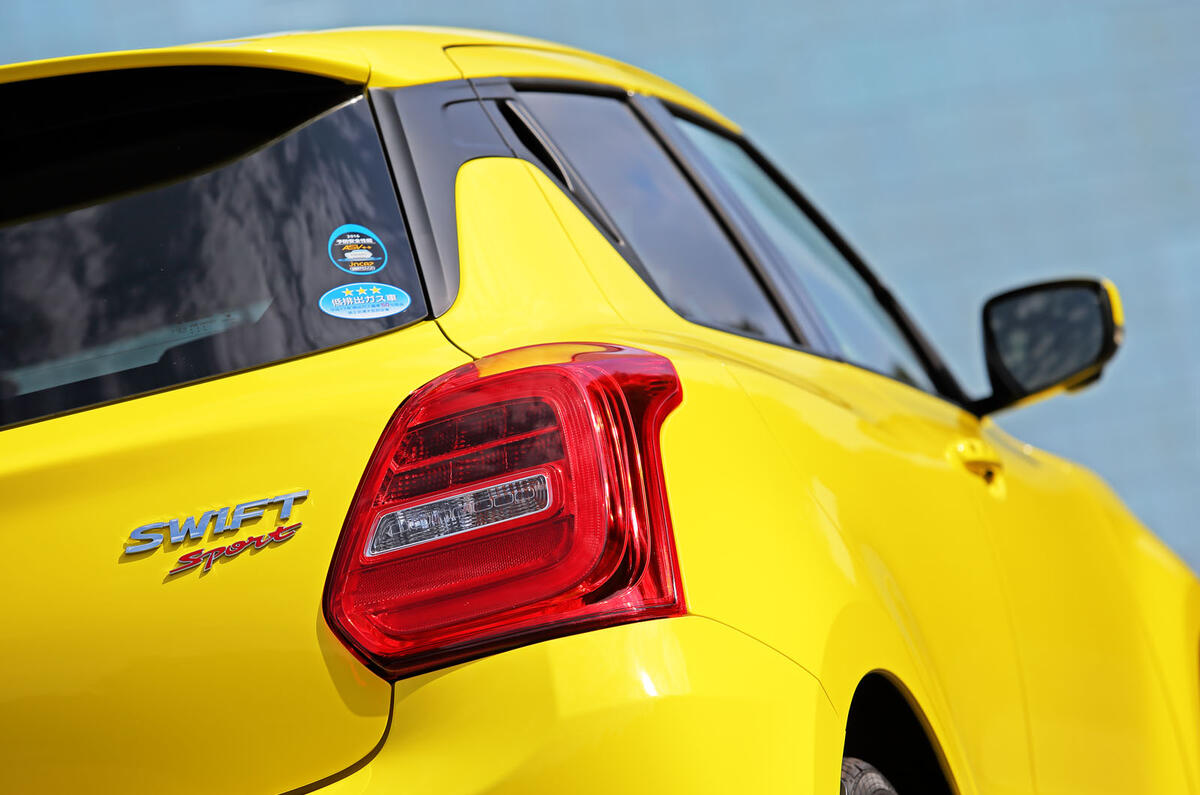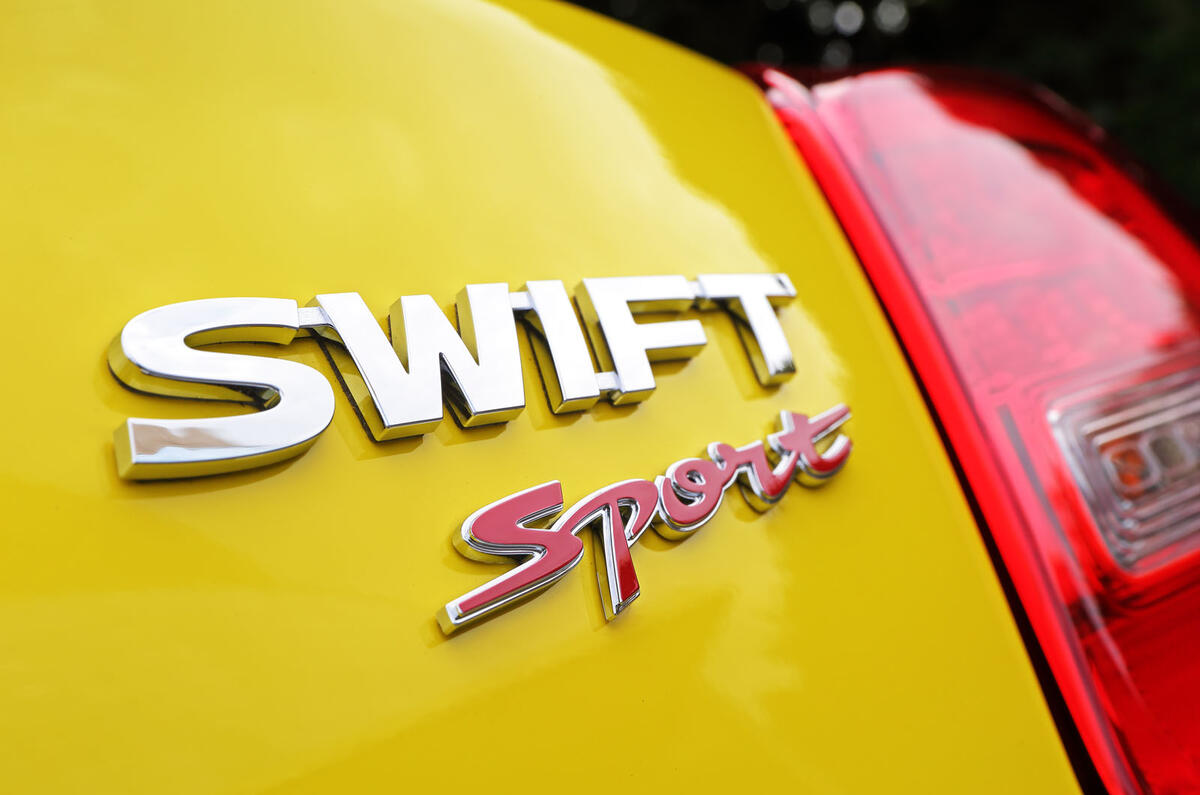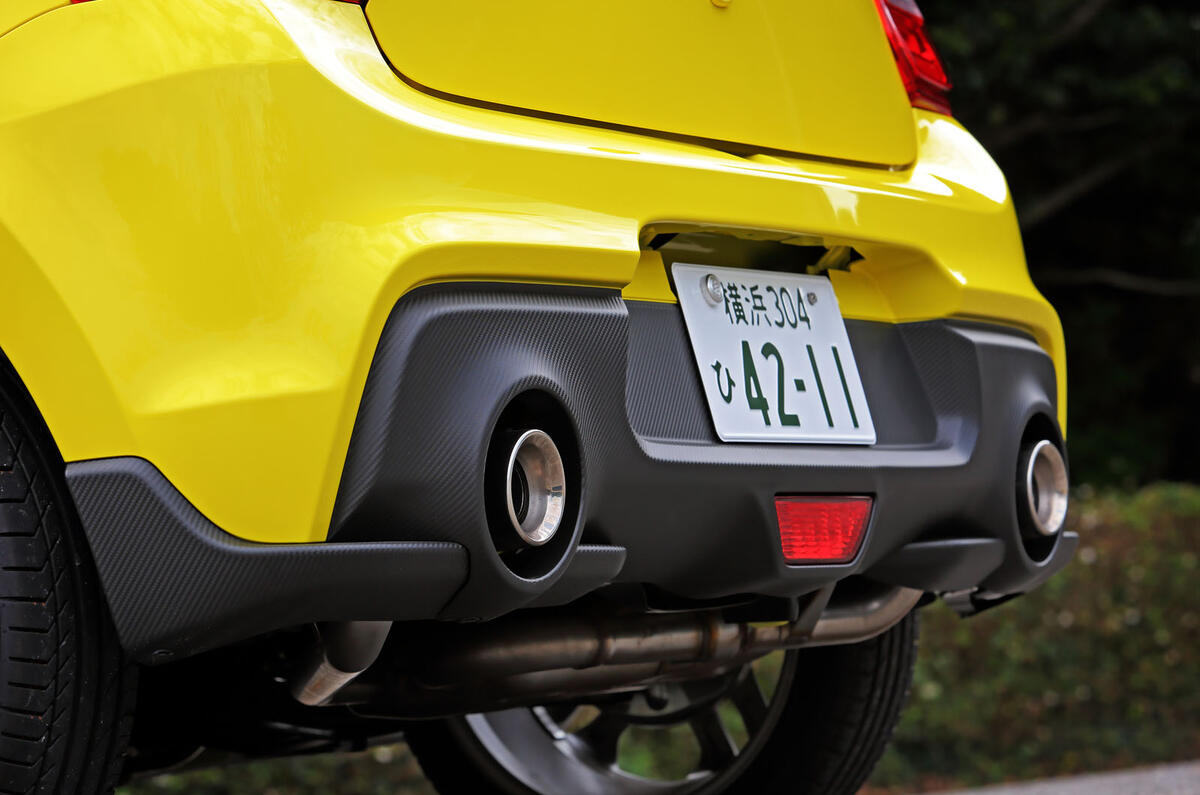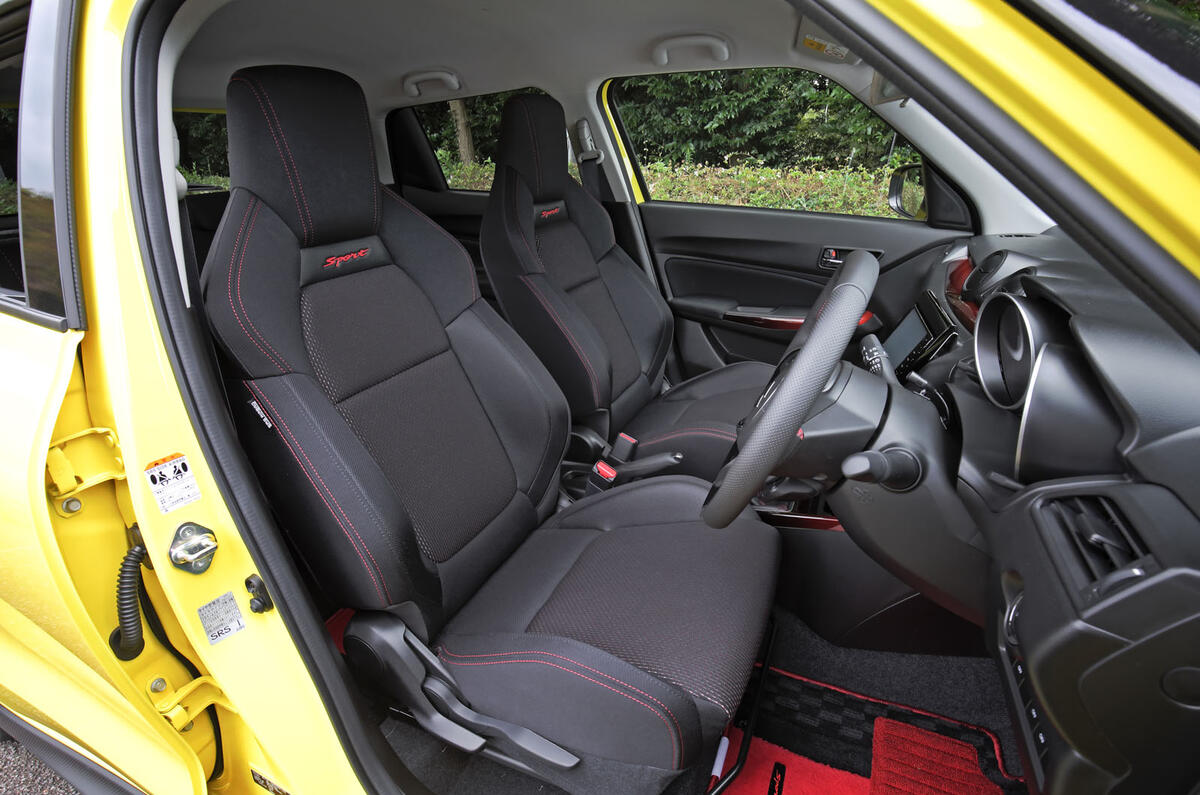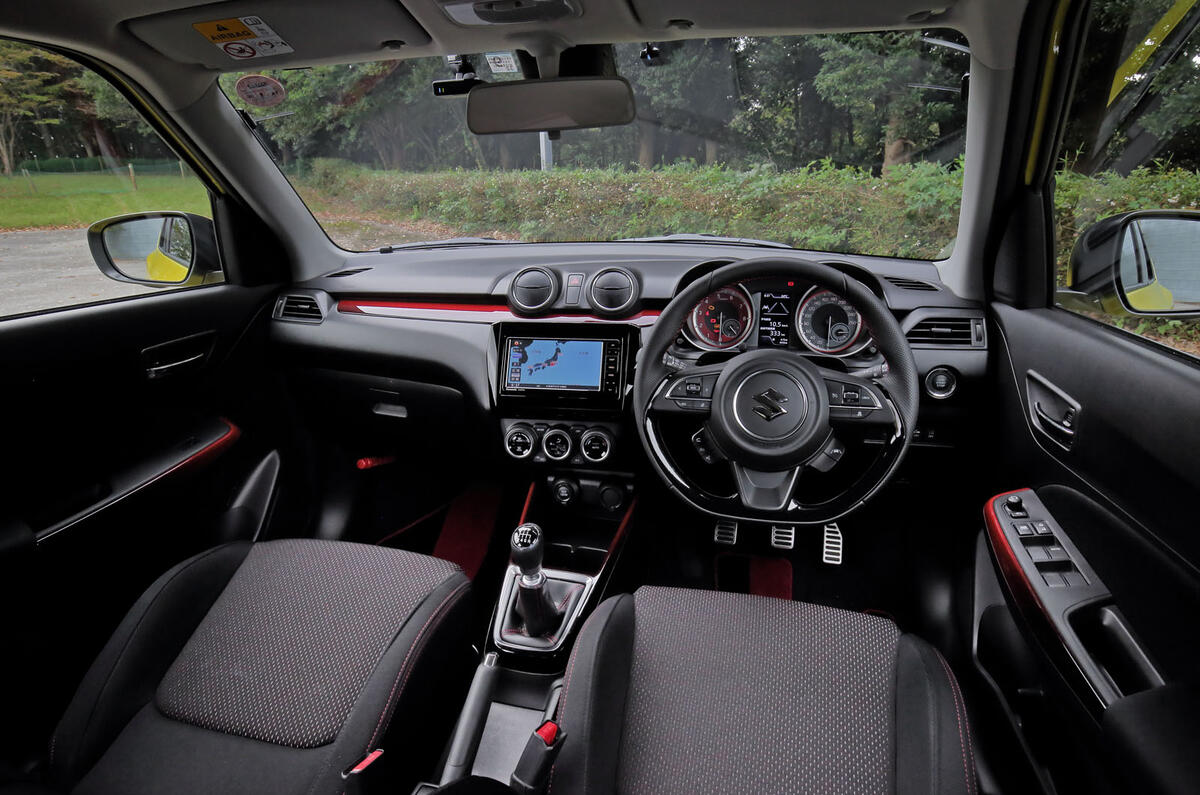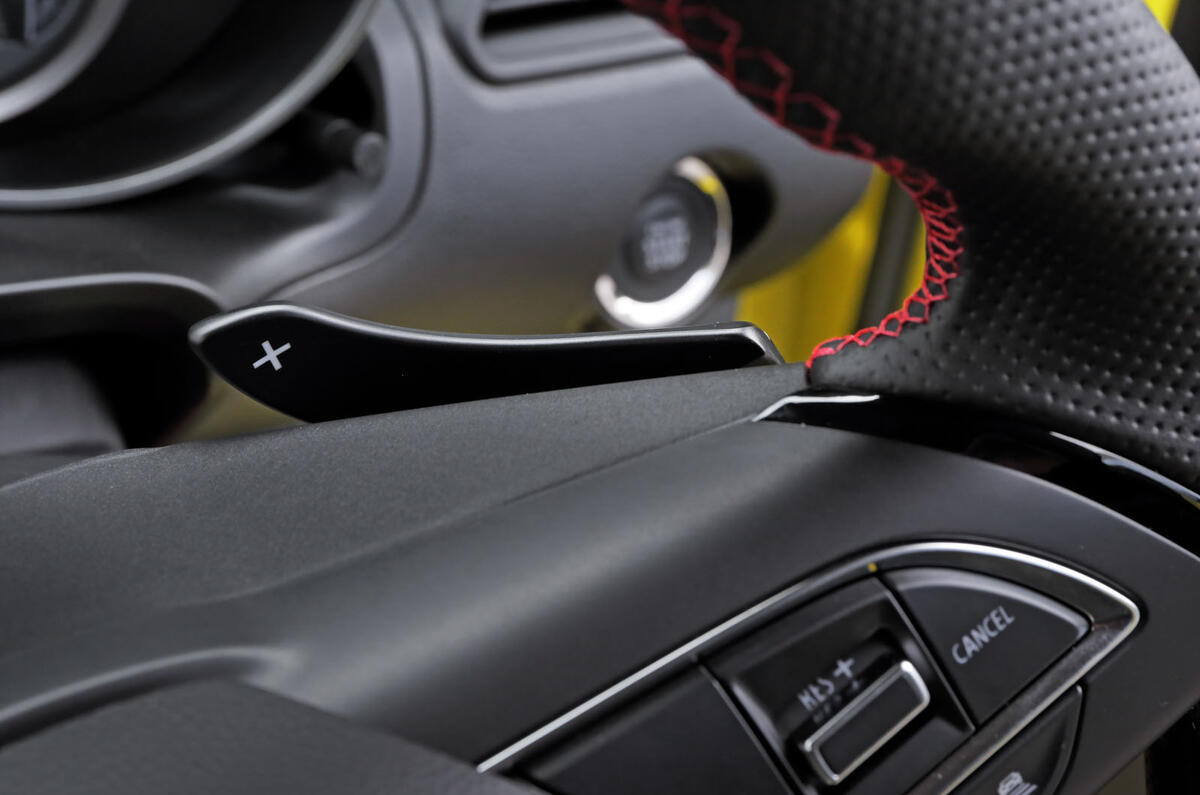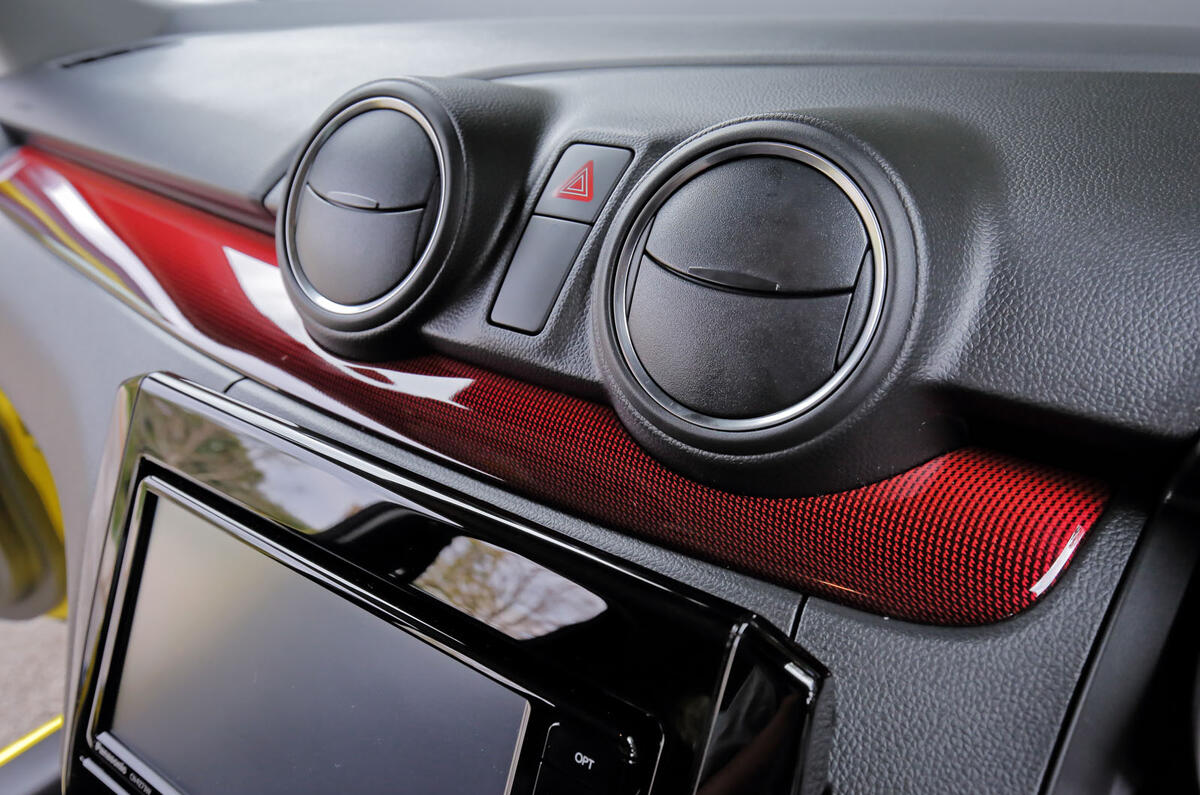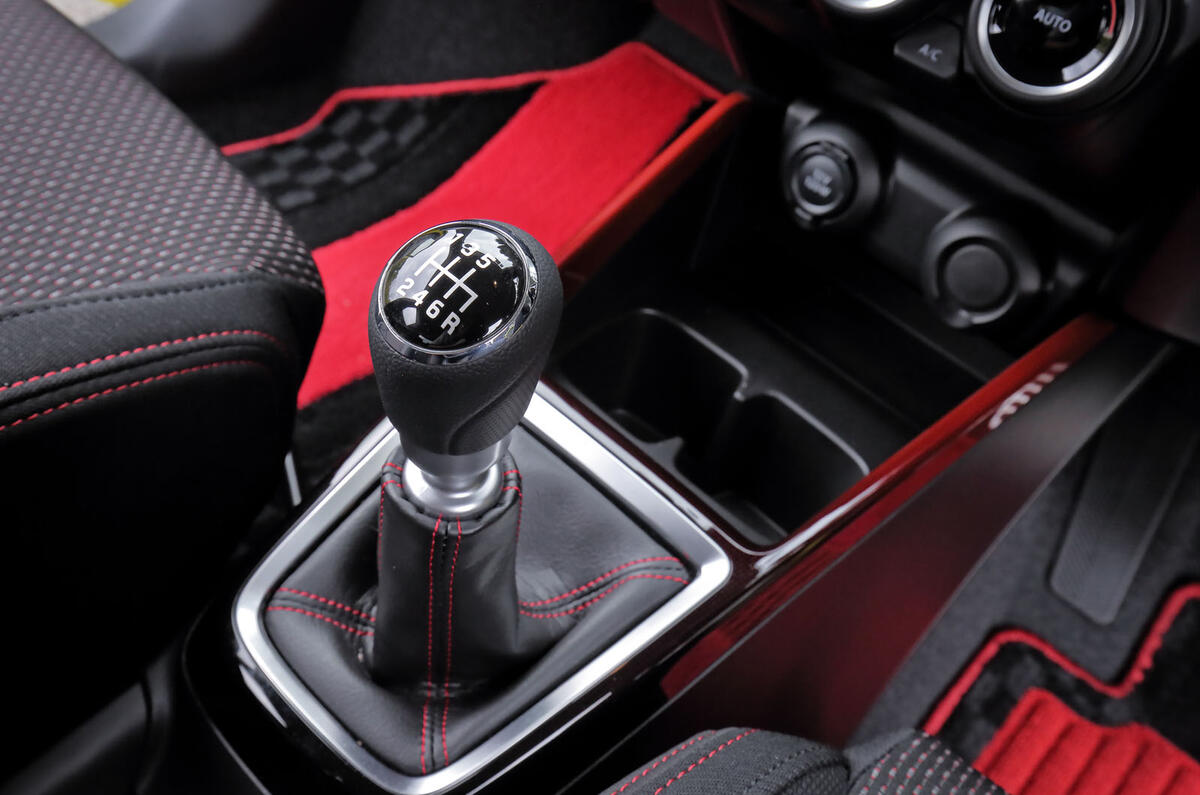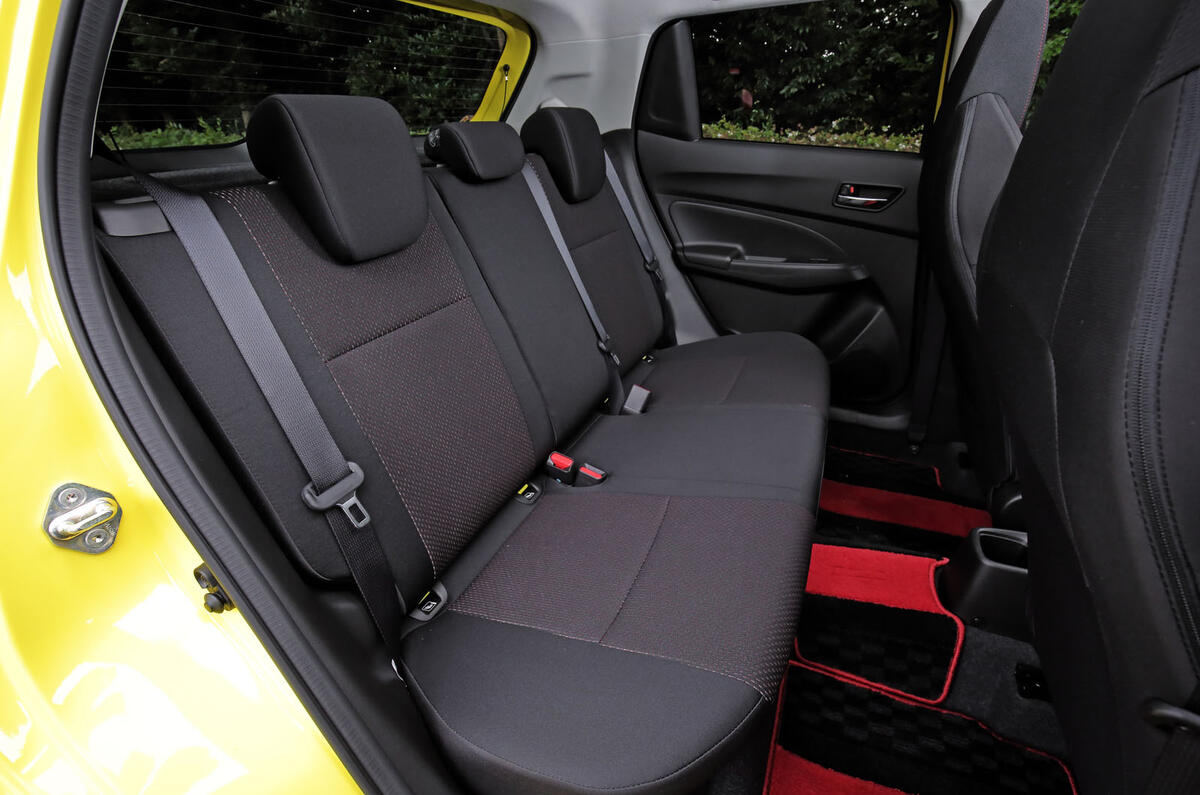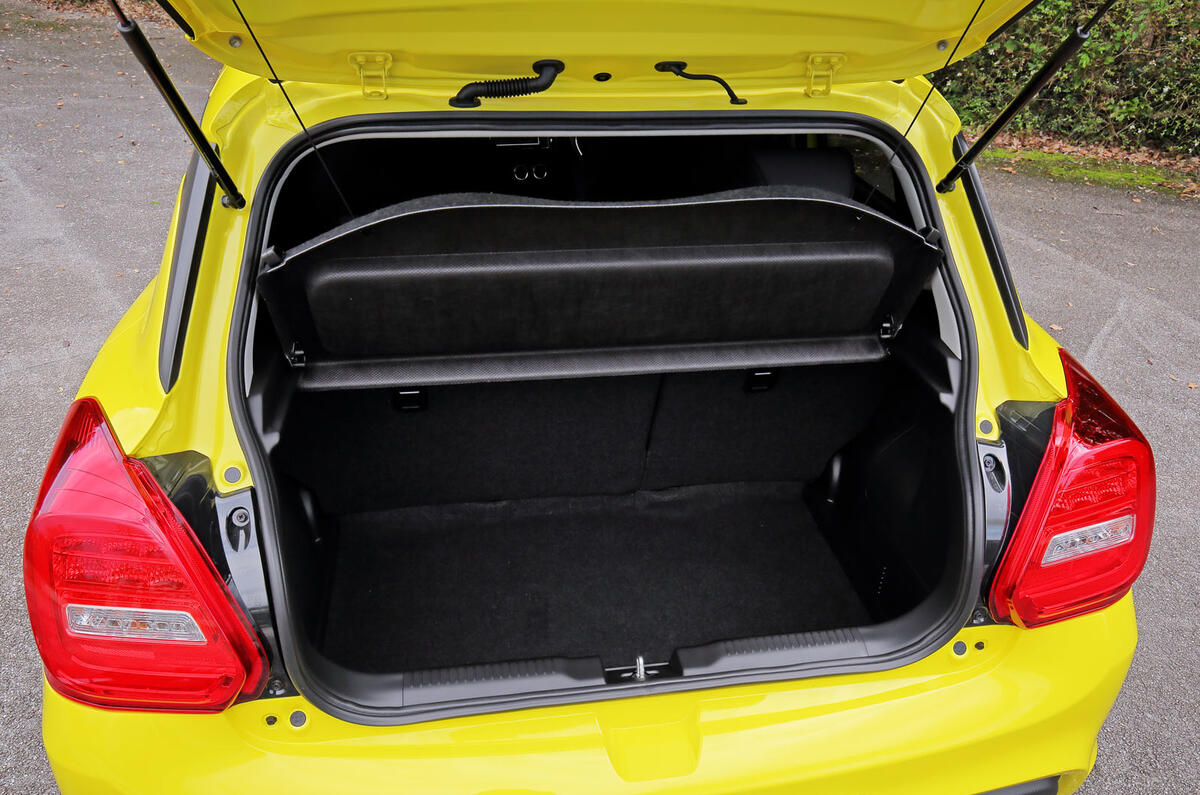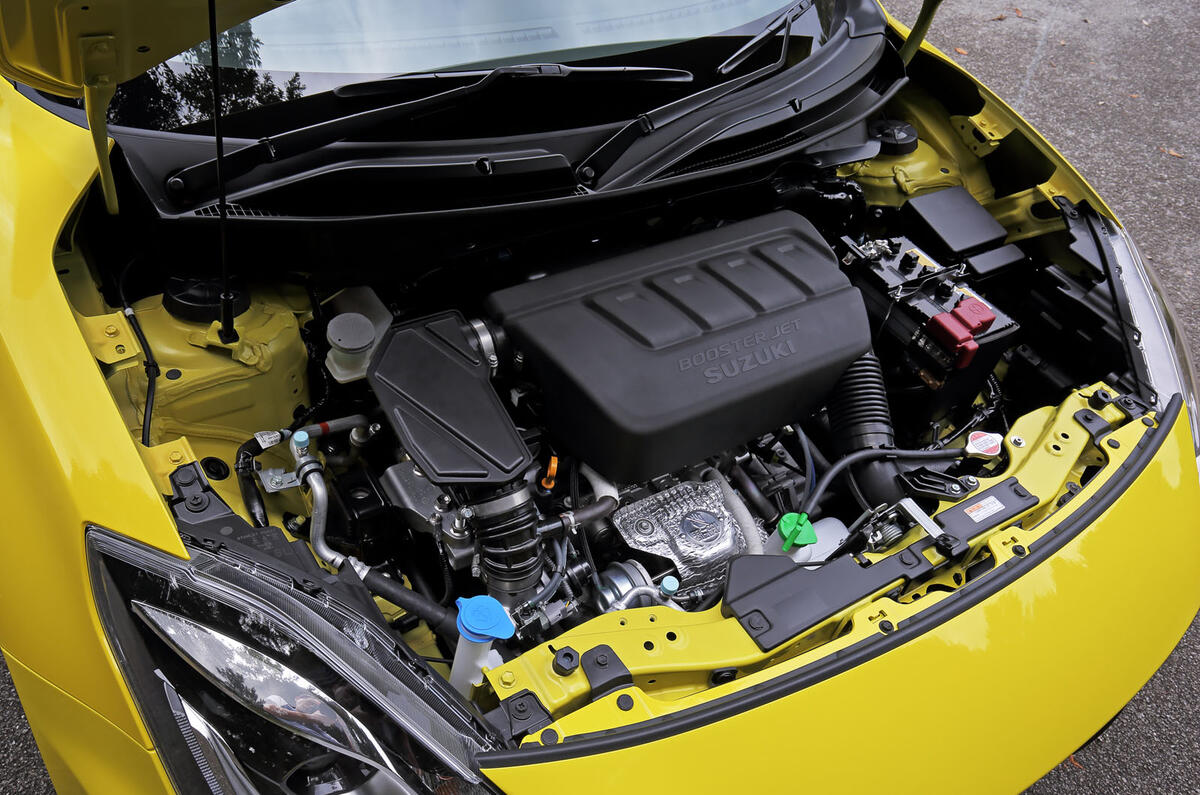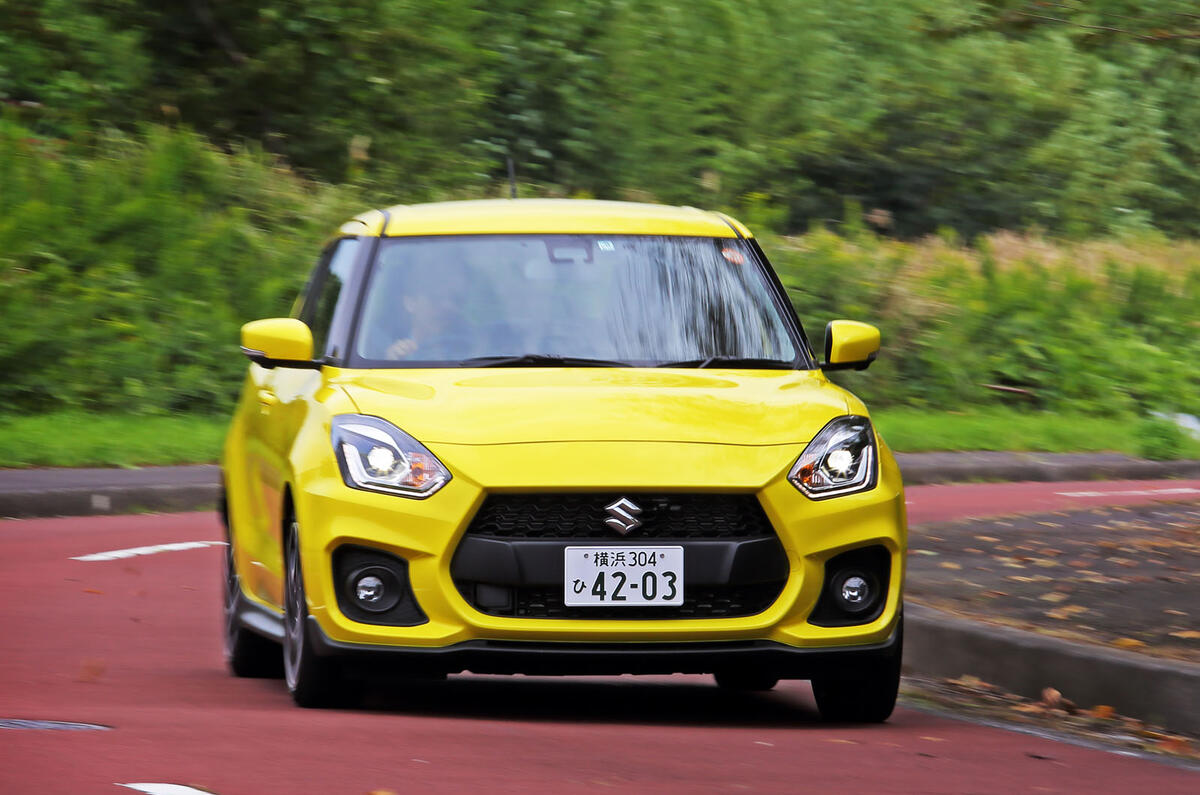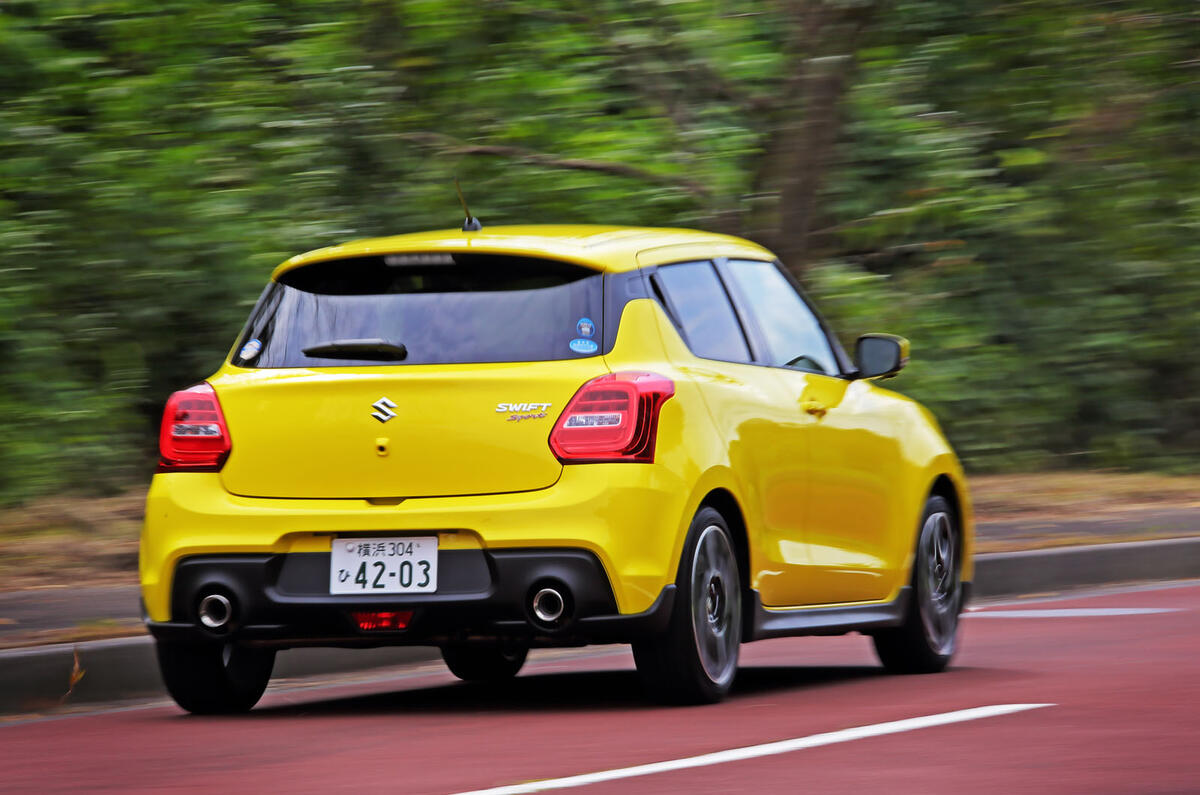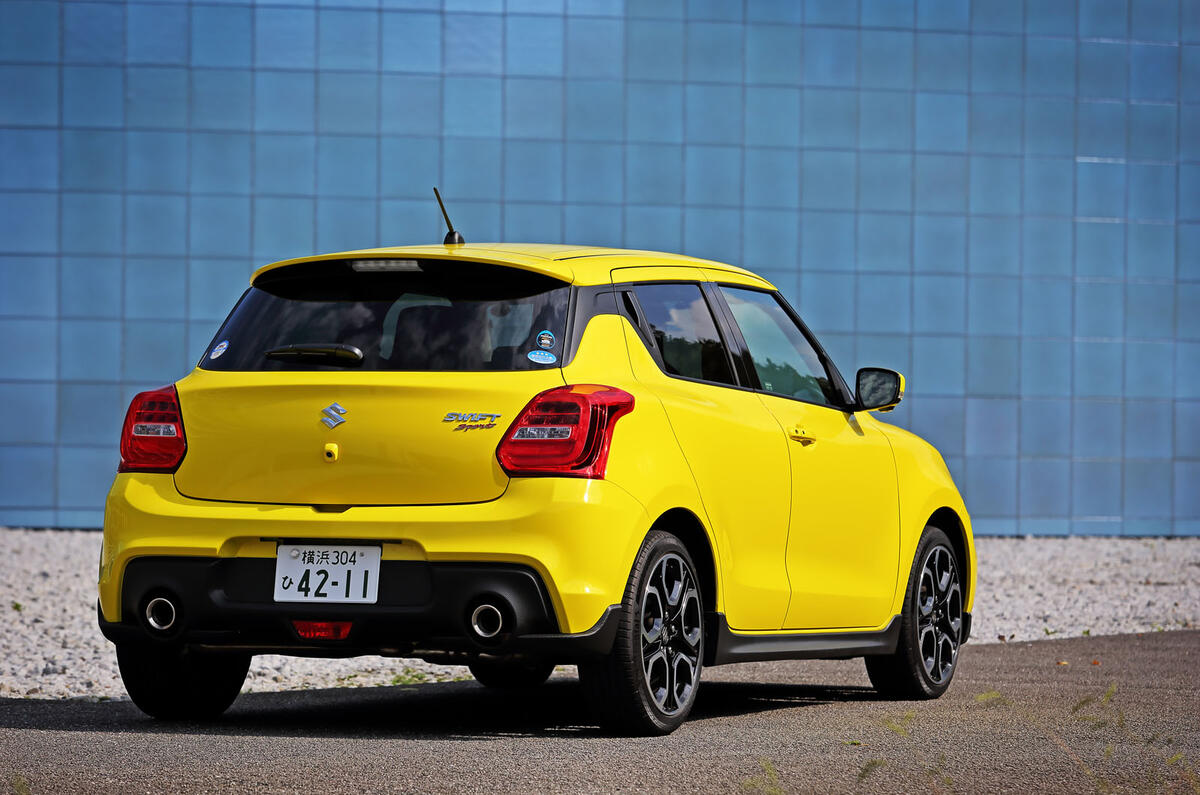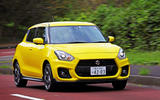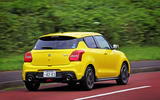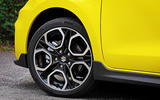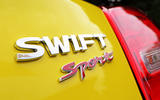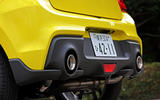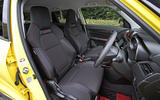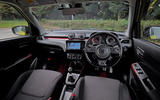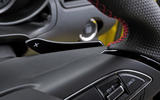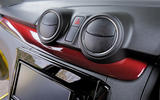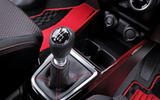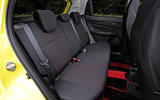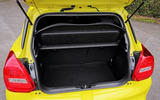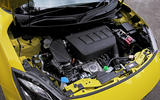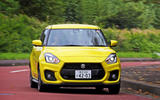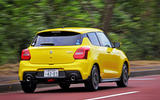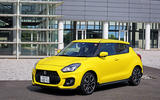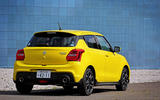Arrayed between the new Suzuki Swift Sport’s red-edged circular dashboard dials is a message centre dedicated to providing you with graphically rendered displays, in colour, of your Suzuki’s activities when on the go.
It will reveal fuel consumption, average speed over five minute increments and, in total, your lateral acceleration, the turbocharger’s boosting efforts and the forces of acceleration and braking. Instant information like this used to be the preserve of Nissan Skylines and the hotter Subaru Imprezas, but now you can have it in this small hot hatch.
There’s also a display measuring the passage of time – that’ll be the clock - and a pair of circular bar graphs revealing the quantities of power and torque you might recklessly be deploying at any particular instant. Given that both are uncalibrated, they’re largely pointless, especially as you don’t need any instruments to gauge the strength of effort you’re summoning from the Suzuki Swift's 1.4 turbo motor.
As you may have guessed by now, this is our first taste of what the new Swift Sport will be like when it arrives on our shores in spring 2018. Most notably, this new Swift Sport has a downsized engine compared with the spritely outgoing version, with that car's naturally aspirated 1.6-litre unit replaced with the turbocharged 1.4 Boosterjet engine used in the Suzuki Vitara S. The differences on paper may only be a 4bhp power increase, but it's on the torque front where the Swift Sport benefits from a peak torque of 162lb ft over the previous gen's puny 110lb ft.


